Build for global scale: AFK scale cube and basic rule to build an application for global scale
REF https://akfpartners.com/growth-blog/scale-cube
Clean code in writing Go program
When writing code in Go, it is important to follow good coding practices to ensure that your code is clean, maintainable, and scalable. Here are some clean code and clean architecture practices to follow: Go coding style: Follow the official Go coding style guide, which includes recommendations for naming conventions, formatting, and documentation. Consistent coding […]
Interfaces in Go and best practice
Interfaces in Go are a set of methods that defines a behavior. A type can implement an interface by defining methods with the same signatures as the methods defined in the interface. This allows for a form of polymorphism in Go, where a single function or method can operate on values of different types, as […]
Basic concepts of Protocol-Oriented Programming (POP) in swift and ios developer
Protocol-Oriented Programming (POP) is a programming paradigm introduced in Swift that emphasizes the use of protocols as a way to define and enforce common behavior for multiple types. POP is a powerful tool for designing and organizing code, and can be used to achieve many of the same goals as object-oriented programming, but with greater […]
Functional Reactive Programming (FRP) and Imperative Programming :which one to use?
the big idea about Functional Reactive Programming (FRP) and Imperative Programming : which one to use? The choice between using Functional Reactive Programming (FRP) and Imperative Programming often depends on the particular problem being solved and the specific requirements of the project. Here are some general guidelines for when to use FRP and when to […]
Functional Reactive Programming (FRP) for ios developer
Functional Reactive Programming (FRP) is a programming paradigm that has gained popularity among iOS developers due to its ability to handle asynchronous events and its emphasis on immutability, composability, and purity. FRP allows iOS developers to write clean, maintainable code that is easy to understand and to scale. In traditional iOS development, handling asynchronous events […]
Functional Reactive Programming (FRP)
Functional Reactive Programming (FRP) is a programming paradigm that combines the functional programming style with reactive programming. Reactive programming is a programming paradigm that deals with asynchronous data streams and the propagation of change. It’s a way of handling events that occur in the user interface, network requests, or other event-driven systems. In FRP, the […]
Clean Architecture
What is Clean Architecture ? Clean Architecture which is also known as Domain-Driven Design has evolved with considerable improvements in the last several years. Some architecture names used for clean architecture over the years are given below: Hexagonal Architecture (https://en.wikipedia.org/wiki/Hexagonal_architecture_(software)) Onion Architecture Domain-Driven Design (DDD) or Domain Centric Architecture vertical Slice Architecture Clean Architecture Smell […]
SOLID principles
What is SOLID principles SOLID is a mnemonic for five design principles intended to make software designs more understandable, flexible and maintainable. As with everything in life, using these principles mindlessly can cause more harm than good. The cost of applying these principles into a program’s architecture might be making it more complicated than it […]
Core Guidelines to clean code
REF https://isocpp.github.io/CppCoreGuidelines/CppCoreGuidelines https://rules.sonarsource.com/
Basic concepts of Object-Oriented Design (OOD)
Object-Oriented Design (OOD) is a software design paradigm that emphasizes the use of objects and classes to represent real-world entities and their behavior. OOD is based on the idea that software systems can be modeled as a collection of objects that interact with each other to achieve a common goal. The following are some of […]
Design principles: bad and good one and some basic ideas
Good design principles in coding is a set of guidelines and best practices that aim to produce high-quality, maintainable, and scalable software. These principles aim to make code more readable, understandable, and efficient. Some common design principles include: Simplicity: Code should be simple and straightforward, avoiding complexity and unnecessary abstractions. Functionality: Code should be focused […]
Software design pyramid
The Software Design Pyramid is a concept that helps software developers to understand and prioritize the various elements that make up a well-designed software system. The pyramid has four layers, starting with the foundation of the software, which is made up of the underlying infrastructure and technical requirements. The second layer is made up of […]
Software Architecture : some basic knowledge
Software architecture refers to the high-level structure of a software system, including the organization of its components, the relationships between them, and the principles guiding their design and evolution. It’s a crucial aspect of software development, as it defines how a software system will behave and evolve over time. In this article, we will explore […]
The Object-Oriented Design (OOD) Pyramid
Object-Oriented Design (OOD) is a software design paradigm that revolves around the concept of objects. It aims to model real-world objects and their behaviors within a computer program. OOD provides a way to structure complex systems by breaking them down into smaller, manageable parts. This structure makes it easier to understand, maintain, and modify the […]
Architectural Styles
Architectural Styles in Software Engineering Architectural styles are a set of predefined patterns and guidelines for software design and development. They provide a standardized approach to building software systems and ensure that the resulting software is easy to understand, maintain, and evolve. In this article, we will explore the most commonly used architectural styles in […]
Architectural patterns: some basic knowledge
Architecture patterns in the world: some basic knowledge There are many Architecture Patterns like Microkernel Micro-services Layered architecture event-based … Architecture patterns in the world: a full list and more knowledge Architectural Patterns are widely used templates that provide proven solutions to common problems encountered in software development. These patterns offer a way to structure […]
Versioning , persistent dependency version
Different version , Different env, different os Git ignore Docker Move forward Move backward
Build for global scale: Basic rule to have a clean and beautiful code insight
How to build a system for global scale and maintain? Protocol or interface Private func and variable Getter and Setter REF https://blog.cleancoder.com/uncle-bob/2012/08/13/the-clean-architecture.html
How do i build a completed app system include back end and front end for global scale in 21 hours
REFERENCE https://dev.to/aurelmegn/setting-up-distributed-database-architecture-with-postgresql-261 https://www.postgresql.org/docs/9.5/sql-createforeigntable.html https://www.postgresql.org/docs/9.3/ddl-foreign-data.html
Pointer in Golang
REFERENCE https://dev.to/aurelmegn/setting-up-distributed-database-architecture-with-postgresql-261 https://www.postgresql.org/docs/9.5/sql-createforeigntable.html https://www.postgresql.org/docs/9.3/ddl-foreign-data.html
Return First
REFERENCE https://dev.to/aurelmegn/setting-up-distributed-database-architecture-with-postgresql-261 https://www.postgresql.org/docs/9.5/sql-createforeigntable.html https://www.postgresql.org/docs/9.3/ddl-foreign-data.html
Use Design Patterns in developing an ios application or any system
There are around 21 design patterns and categorize in 3 categories that we will mention here First, just have a look at the list and categorize it Creational patterns: Creational patterns support the creation of objects Singleton pattern Builder pattern Factory pattern Abstract Factory Pattern Prototype Pattern Structural patterns: Structural patterns concern class and object […]

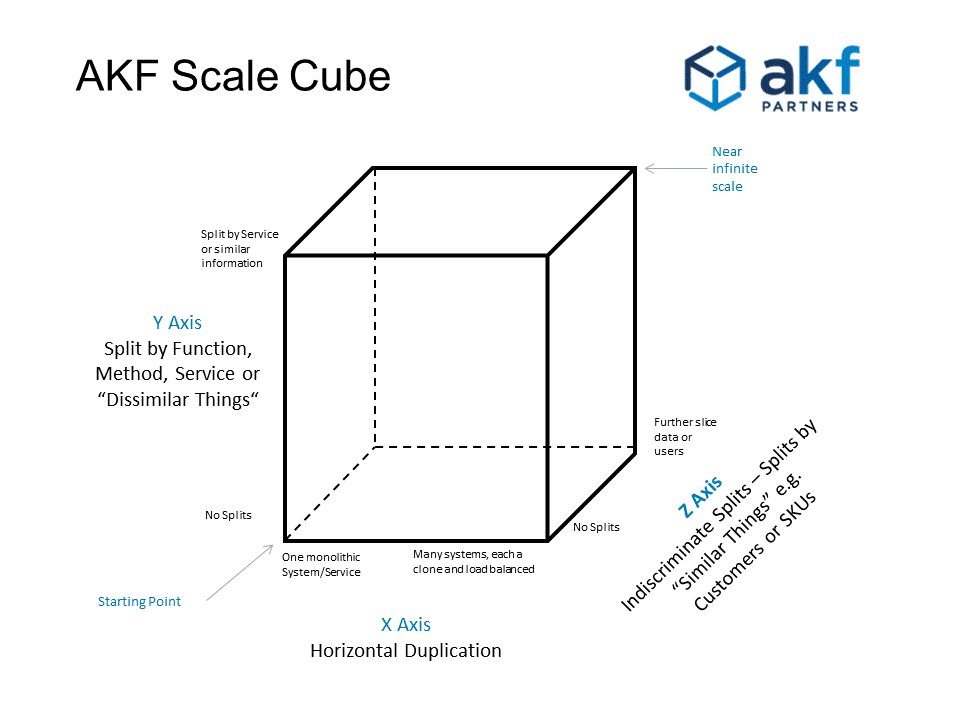
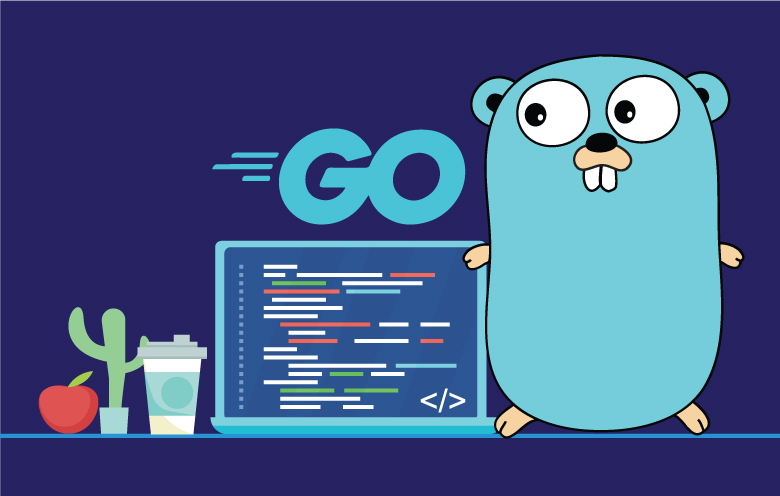
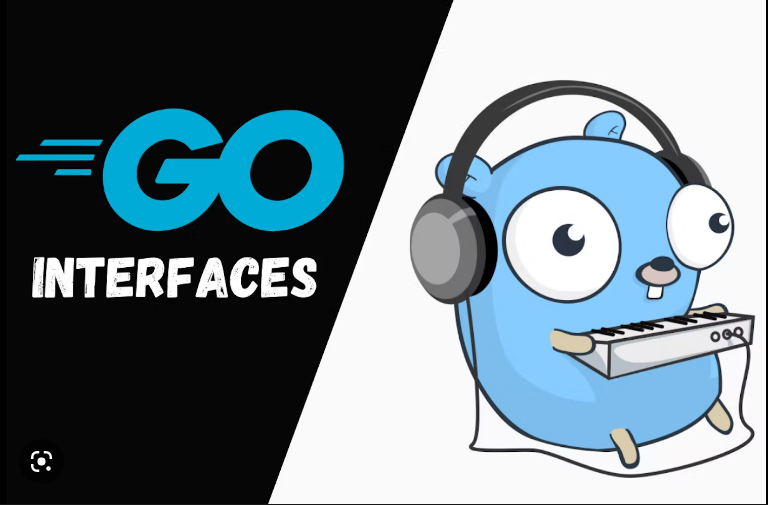
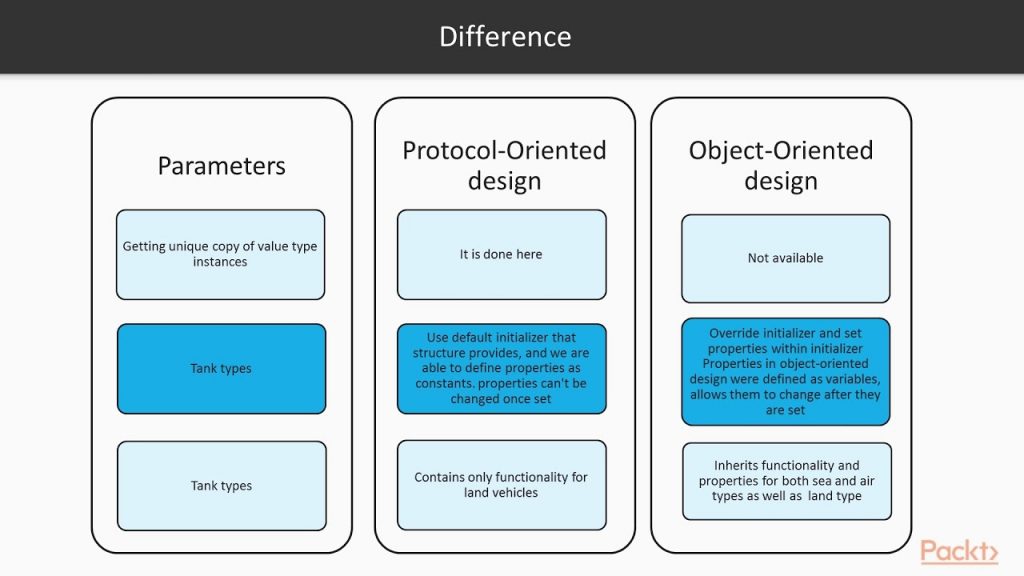
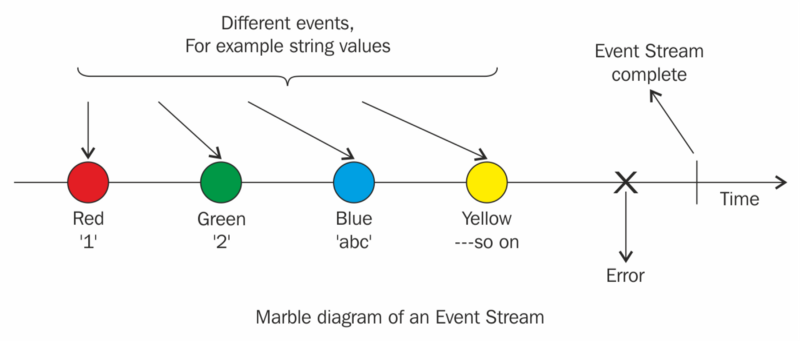
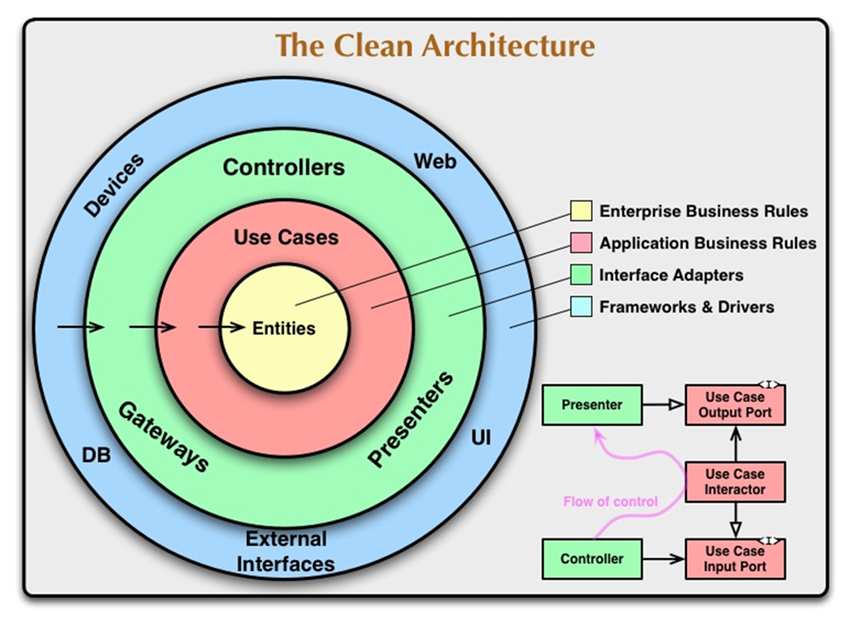
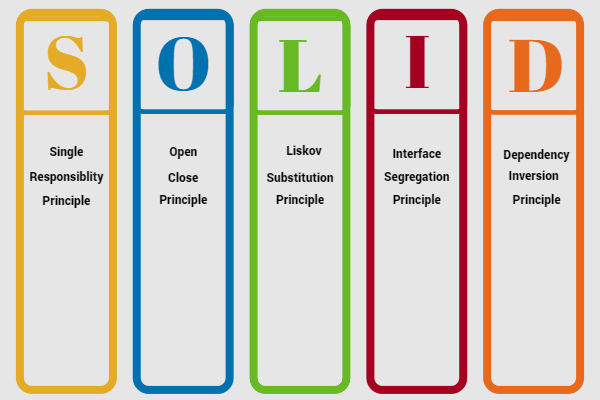
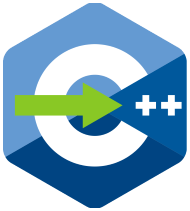
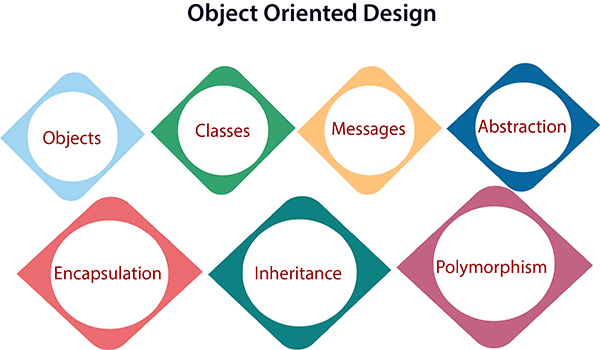
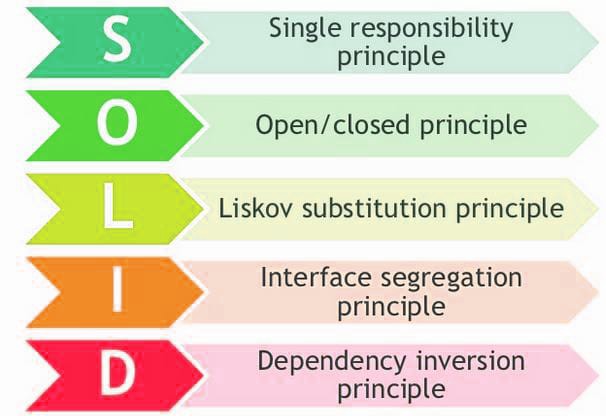
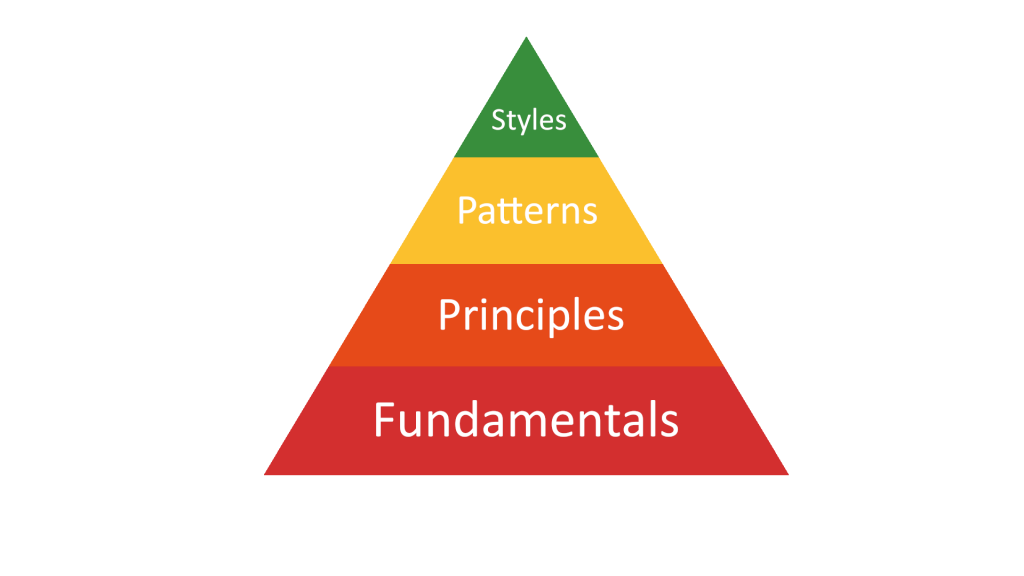
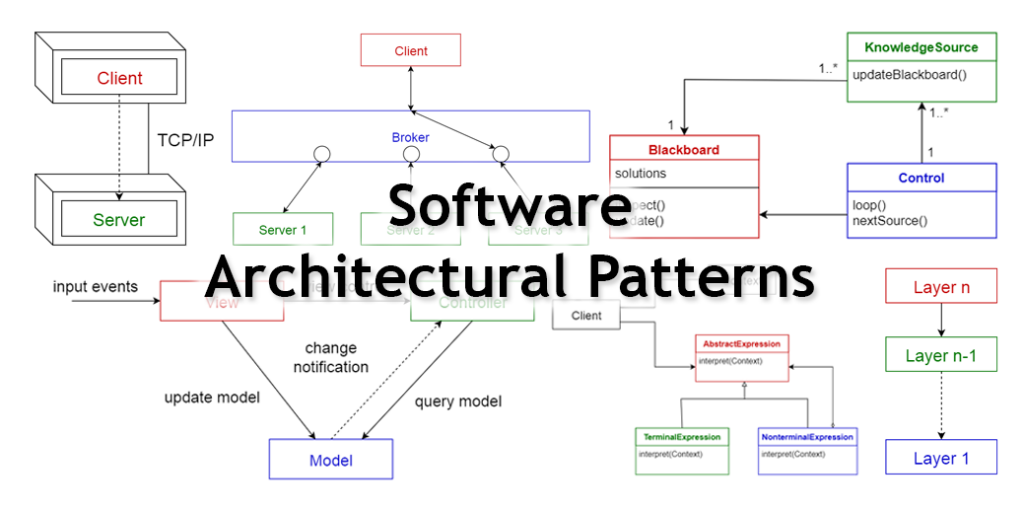

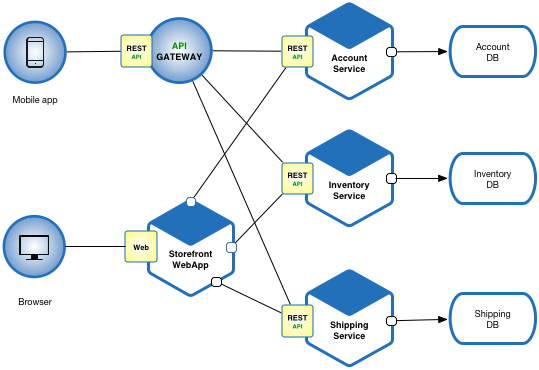
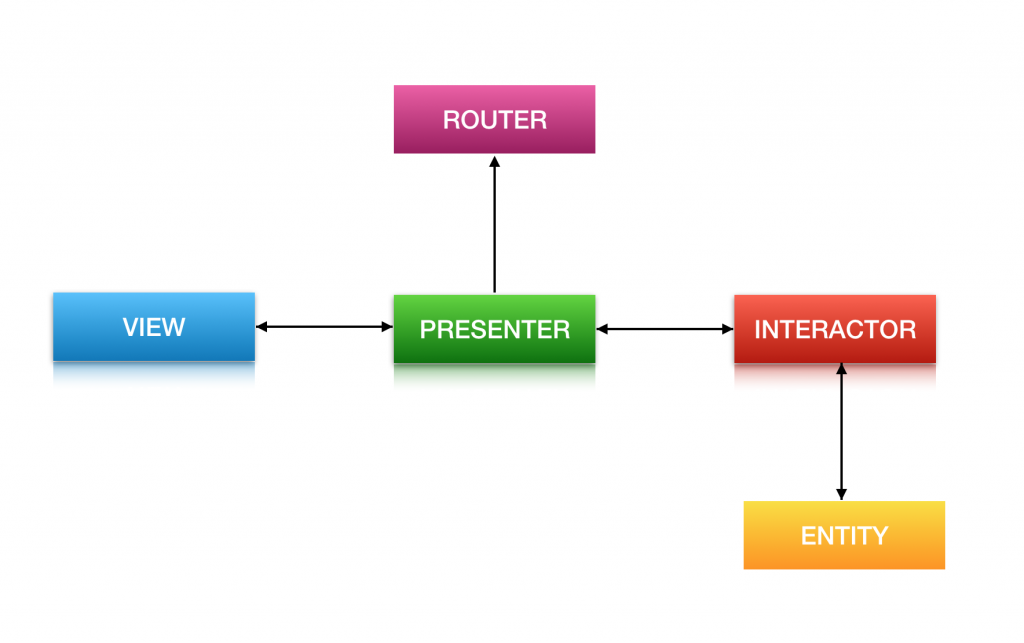
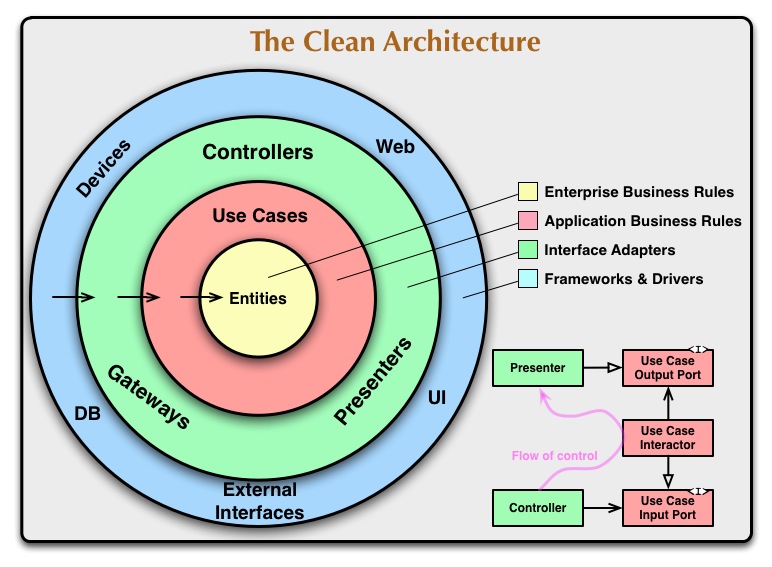
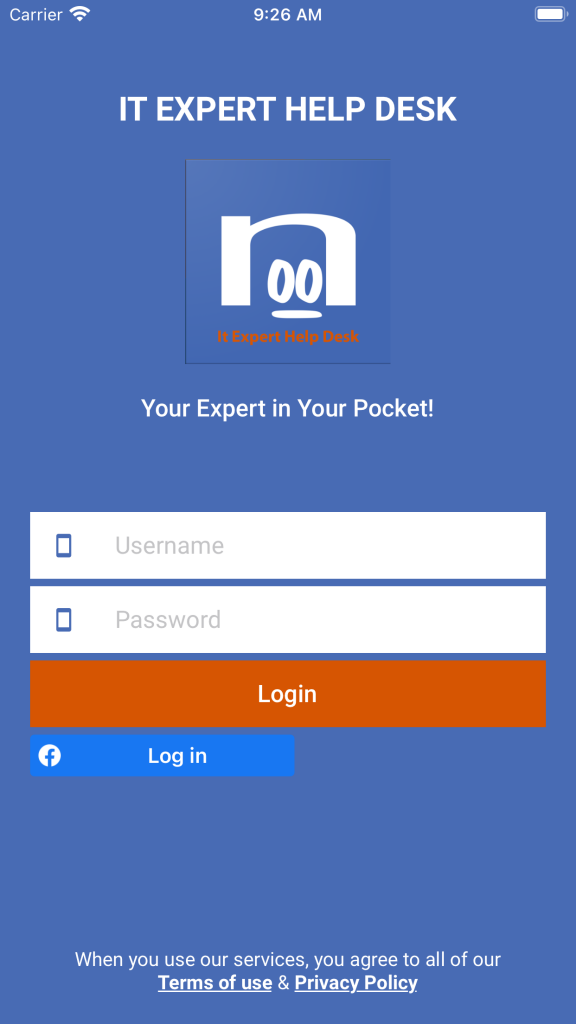


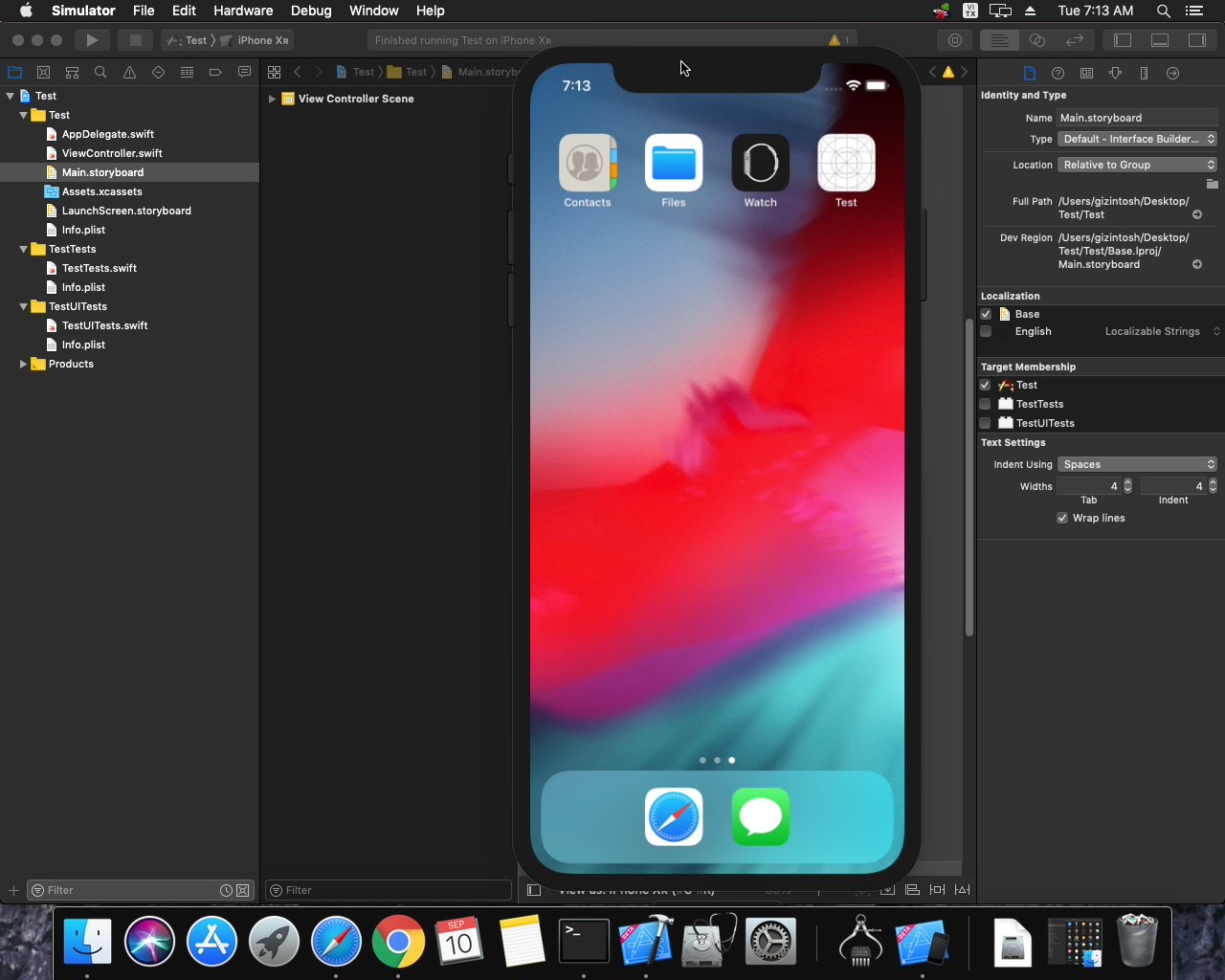
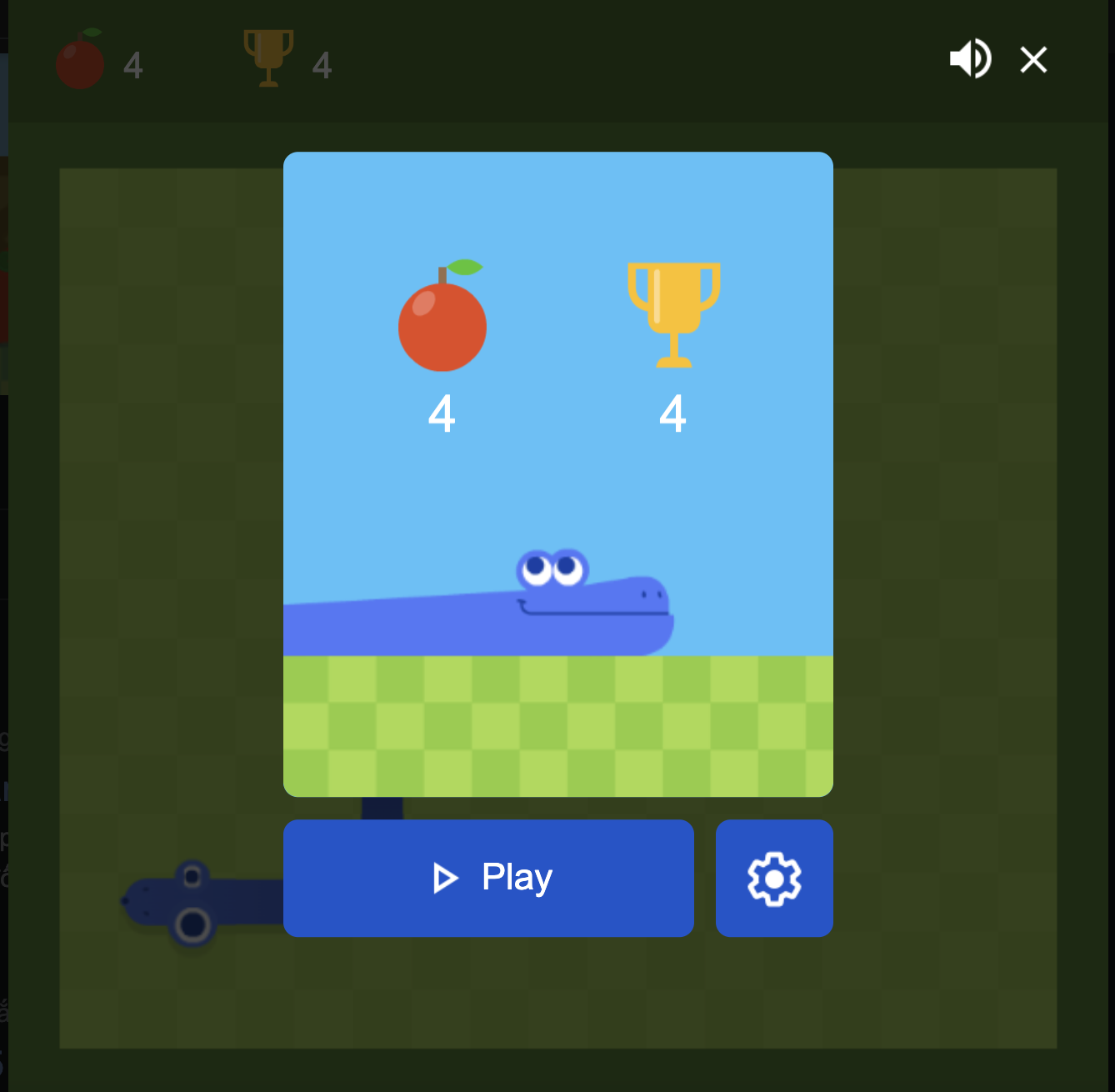 Khoá học lập trình game con rắn cho trẻ em
Khoá học lập trình game con rắn cho trẻ em 


